Pending Washington State Spay/neuter Legislation Could Save Thousands of Dogs’ and Cats’ Lives
February 17th, 2009 Thanks to Pamela for forwarding me this important legislation pending in Washington State.
Thanks to Pamela for forwarding me this important legislation pending in Washington State.
If you are in Washington State please check out Save Washington Pets for information on how to contact your lawmakers and support these bills.
Pawsitive Alliance, a volunteer organization devoted to ending the killing of adoptable dogs and cats in Washington state, is proud to support two bills currently in the Washington State Legislature: Senate Bill 5329 and House Bill 1406.
If passed, these bills would enable low-income owners to spay or neuter pets for a co-payment of only $10 for cats and $20 for dogs, likely resulting in a drastic reduction in the number of homeless dogs and cats living in Washington state shelters. Presently, shelters report that because of overcrowding, over 1,000 dogs and cats are euthanized every week in Washington.
The bills do not make spay/neuter surgery mandatory. Instead, they encourage people to spay/neuter their pets by making surgery affordable and accessible.
This aggressive statewide spay/neuter program would be funded by a fee paid by distributors who ship more than one ton of pet food in a six-month period. On the consumer end, the direct financial impact would
amount to less than a penny per meal for most pets. To put this in perspective, the fee’s direct cost would typically be less than $10 per year for a family with one dog and one cat.
Members of the community can easily and effortlessly support Pawsitive Alliance and 50 other animal welfare advocate groups in their efforts to make this crucial legislation happen by going to Save Washington Pets
For anyone who was outraged by the recent puppy mill seizure, cares about animals, believes that they should not be killed because of a problem with our system, or simply wants to save taxpayer money, now is the time to help in this small way!
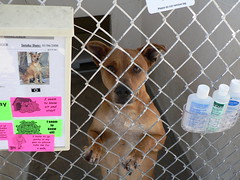 “Apart from the humane aspects, which should bother anyone, the cost of handling and euthanizing unwanted animals from litters is staggering—and less affordable than ever for many people in these difficult economic times,” said Washington Senator Craig Pridemore, the prime sponsor of SB 5329.
“Apart from the humane aspects, which should bother anyone, the cost of handling and euthanizing unwanted animals from litters is staggering—and less affordable than ever for many people in these difficult economic times,” said Washington Senator Craig Pridemore, the prime sponsor of SB 5329.
Pridemore points out several problems that could be solved by the legislation, “First, it reduces the number of unwanted animals that are needlessly killed each year. Second, at a time when many people are struggling to make ends meet, it helps those least able to afford to spay or neuter their pets. Third, it reduces shelter costs and frees up money to house strays until they can find homes, instead of destroying them.”
Eight other states have adopted similar spay/neuter programs for pets of low-income residents. After New Hampshire founded a comparable program in 1994, the state saw a 75-percent decrease in euthanasia and a 34-percent decrease in shelter admissions in its first few years. This is in addition to significant taxpayer savings from reduced animal impoundment costs due to the program.
“We’ve all seen the pictures of lonely pets in cages and without owners, and we know the only fate waiting for most of them is to be put down,” Pridemore said. “It doesn’t have to be that way. This is a problem we can solve for pennies.”





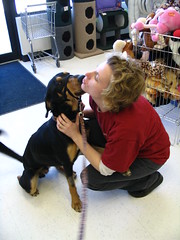
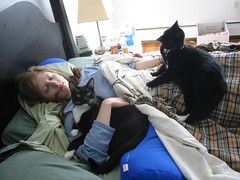
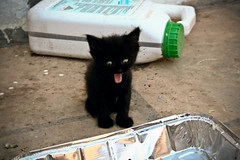


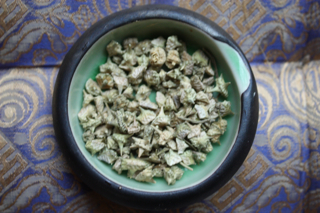 Just an interesting side note. The Chinese consider stroke to be a sudden rush of wind to the head which then has a hard time escaping the body and bounces around. One of the main herbs I use for stroke is an herb called Bai Ji Li or caltrop fruit. This herb helps to open up the body so the wind can escape and the body can heal. Check out the shape of the fruit. They are pointed to open up holes for the wind to escape through. I love when you can look at an herb and see it’s function!
Just an interesting side note. The Chinese consider stroke to be a sudden rush of wind to the head which then has a hard time escaping the body and bounces around. One of the main herbs I use for stroke is an herb called Bai Ji Li or caltrop fruit. This herb helps to open up the body so the wind can escape and the body can heal. Check out the shape of the fruit. They are pointed to open up holes for the wind to escape through. I love when you can look at an herb and see it’s function!


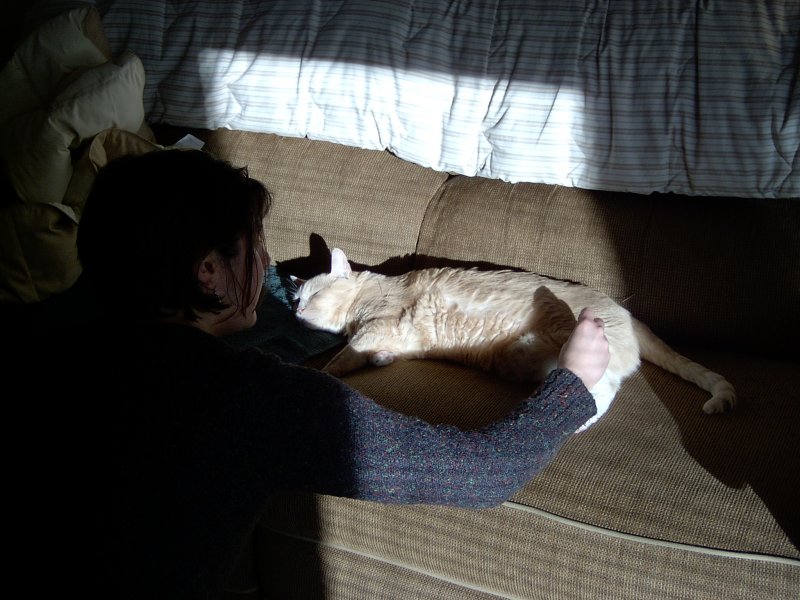 From my past notes-
From my past notes-
